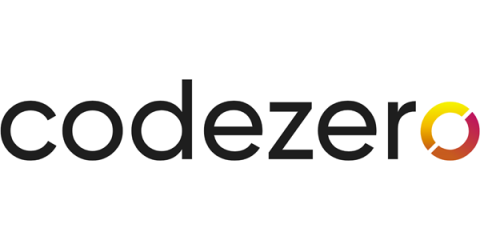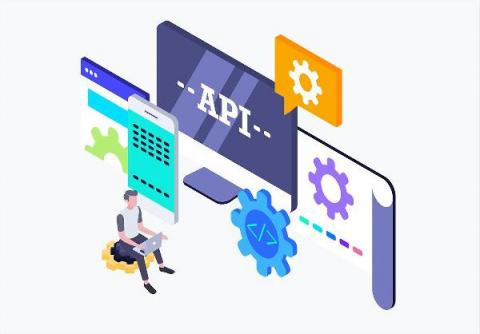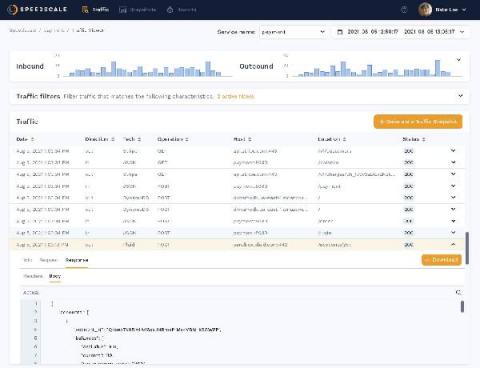Announcing CodeZero General Availability
At CodeZero, we believe that modern DevOps practices are key to unlocking the full value of Cloud Native Computing. “Halyard” is a new approach to Developing, Deploying and Managing containerized applications that run in any Kubernetes environment. With v 1.1.0 of Halyard, CodeZero delivers the following features to developers.











